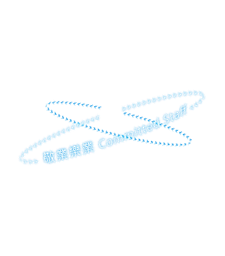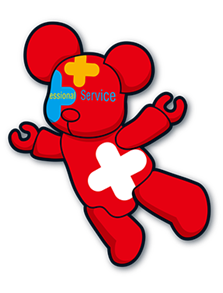Authors (including presenting author) :
Tong KC(1), Au TK(1), Fung YK(1), Ngan KTS(1), Tsang WCS(2), Mok SS(3), Cheung KL(1), Cheung WM(1), Law KC(1)
Affiliation :
(1)Physiotherapy Department (Integrated Rehabilitation Service), Tseung Kwan O Hospital,(2)Department of Medicine, Tseung Kwan O Hospital,(3)Department of Medicine, Haven of Hope Hospital
Introduction :
Since January/2018, “Medical-Social Collaborative Program”(MSC) was synergize with Integrated Care Model service, to enhance service quality and provide seamless rehabilitation for post-discharged community stroke and hip fracture(#hip) elderly.
Objectives :
To evaluate MSC effectiveness and patients’ functional outcomes.
Methodology :
All indicated cases received home visit(HV) with individualized physiotherapy, included pain relief, home-based rehabilitation program, community reintegration, patient and carer empowerment with complication prevention (fall, secondary stroke…), etc. Cases were all recruited from link-nurse. Outcomes included: (1)Modified Functional Ambulation Classification(MFAC); (2)Modified Barthel Index(mBI); (3)Timed-up-and-go test(TUGT); (4)Berg Balance Scale(BBS) for stroke and Functional Reach Test(FxR) for #hip patients respectively; (5)Unplanned hospital re-admission rate(UP); (6)Discharge destination. Statistical evaluation was done by SPSS® Statistics (IBM®, Ver.25.0).
Result & Outcome :
Results: Eighty-nine patients (#hip:60, stroke:29) managed under MSC between January/2018 to November/2018 were analyzed. Thirty-six were male and 57 were female with mean age 78.9±8.8. Average HV was 7.8±4.5 within 10±5.8weeks. Both groups achieved significant improvement in MFAC since hospital discharge to last HV (p<0.001, Friedman test; p<0.001, post-hoc Wilcoxon Signed Ranks test). Approximately 75% of patients reached MFAC:6-7 before MSC discharge. Stroke group nearly reach no significant difference when compared to premorbid MFAC (p=0.048). For mBI, significant improvement since hospital discharge with mean score 83.9±17.8 (#hip, p<0.001, 1-way ANOVA; p<0.001, post-hoc Paired T-test) and 85.8±26.0 (stroke, p<0.001, Friedman test; p=0.001, post-hoc Wilcoxon Signed Ranks test) in last HV respectively. Both TUGT (28.0±21.5seconds) and FxR (19.2±5.5cm) improved significantly at last HV in #hip group (both p<0.001, Paired T-test). Significant improvement above cut-off of stroke group’s TUGT (16.0±9.0seconds) and BBS (50.5±3.6marks) in last HV indicated their fall risk is low (both p<0.001, Wilcoxon Signed Ranks test). Overall UP was 5.6%. Eighty-seven patients were successfully reintegrated into community safely. Conclusion: MSC-Physiotherapy is effective in facilitate patient’s mobility function and daily activities improvement, through promoting combined patient-centered program with carer support and rehabilitation under home environment. As bridged patients’ rehabilitation gap with better rehabilitation compliance, carer stress can be relieved. Also, physiotherapy stratify appropriate outlet upon discharge, included other community services, Geriatric Day Hospital, Out-patient…to maximize patients’ recovery. Further studies are recommended.








